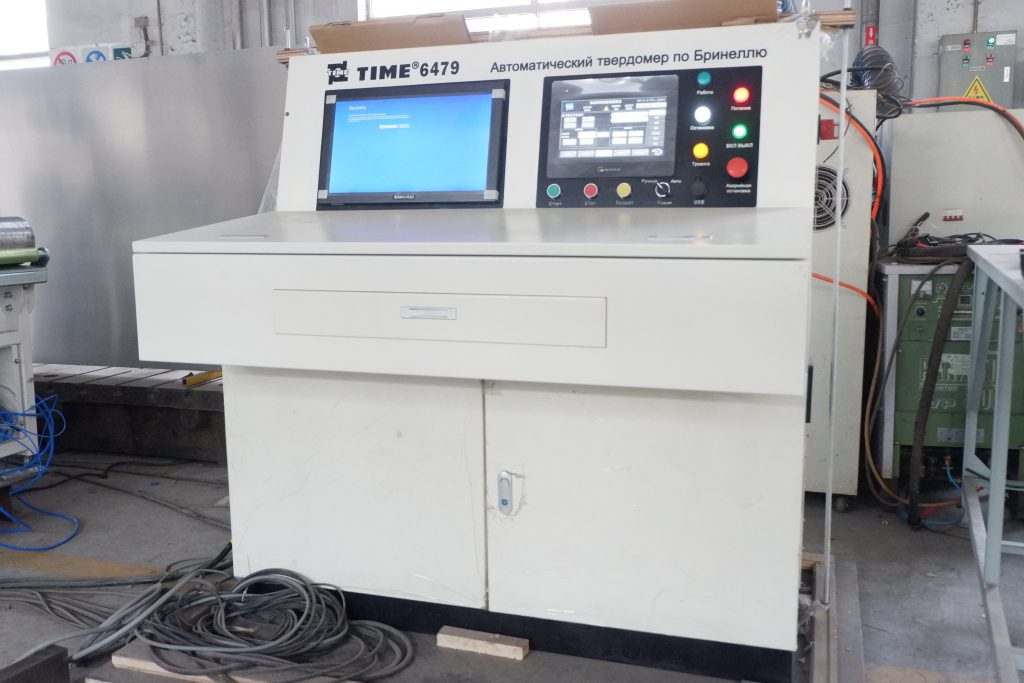Automated hardness testing has become a necessity in various industries due to its numerous advantages over traditional manual testing methods. This article will explore the importance of automated hardness testing and how it can improve efficiency, accuracy, and productivity in the testing process.

One of the key benefits of automated hardness testing is its ability to provide consistent and reliable results. Unlike manual testing, which is prone to human error and inconsistency, automated testing systems are programmed to follow a standardized procedure, ensuring that the results are accurate and reproducible. This consistency is crucial in industries where precision and quality control are paramount, such as automotive manufacturing, aerospace, and medical device production.
Another advantage of automated hardness testing is its speed and efficiency. With automated systems, multiple samples can be tested simultaneously, reducing testing time and increasing productivity. This is particularly beneficial in high-volume production environments where time is of the essence. Additionally, automated testing systems can be programmed to perform complex tests and calculations quickly and accurately, saving time and resources.
In addition to consistency and efficiency, automated hardness testing also offers improved data management and analysis capabilities. Automated systems can store and organize test results digitally, making it easy to track and monitor trends over time. This data can be analyzed to identify potential issues or areas for improvement, allowing companies to make informed decisions and optimize their processes.
Overall, the necessity of automated hardness testing in modern industries cannot be overstated. Its ability to provide consistent and reliable results, improve efficiency and productivity, and enhance data management and analysis make it an essential tool for ensuring quality control and meeting industry standards. By investing in automated hardness testing systems, companies can streamline their testing processes, reduce errors, and ultimately improve their overall product quality.







